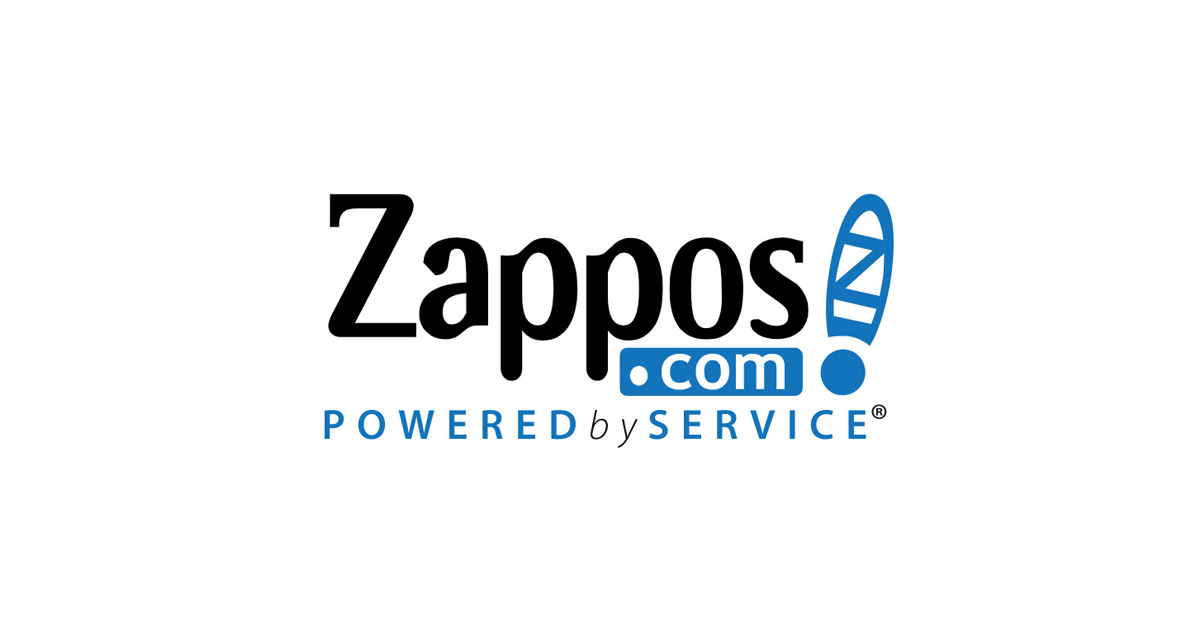As of 2020, more than 60 million Hispanic people live in the United States, and that number is rising each year. Many Hispanics are either Spanish-speaking or at least have household members that speak Spanish. How does your business provide customer service to this group of customers? If you are still using interpreters in your contact center, there’s a better way to speak your customer’s language.
Since Spanish is the second most common language spoken in the United States, a sizeable share of your customers might be reaching out to you speaking this language. So, when a call does come in needing Spanish language assistance, what happens next in your contact center? Is that customer put on hold while waiting for a bilingual agent to be available, or are they transferred to a 3-way call for over-the-phone interpreting (OPI) with a third-party interpreter service?
At this point, your customer may have already been holding and navigating call menus for several minutes. This lost time adds up quickly and leads to extra fees, and if your contact center uses a third-party translation service, that cost goes to you.
Cost aside, the customer may be frustrated about the gap in your coverage to serve their needs. Not exactly the brand message you want to send. So, how can you provide quick and efficient bilingual service? The secret is straightforward, partner with a contact center of bilingual agents.
Contact centers perform better when they can serve customers in their native language, and here are a few of the benefits of bilingual agents.
- Seamless service without the need to transfer calls or wait to connect to an interpreter
- No expensive service fees from translation providers
- Customers don’t need to repeat themselves or struggle to be understood
- Faster resolutions and higher customer satisfaction scores
- No surprise third party provider charges which can add up quickly
- Data security maintained, no outside access to information
- You can offer multi-channel support
The last point in the benefits list above refers to multi-channel support. Modern contact centers don’t solely offer phone service. Most offer live chat, email, social media support as well. Bilingual agents can provide support anywhere that the customer is and without a language barrier slowing things down. Scores from key performance indicators like average handle time and first call resolution are likely to improve, as well as customer satisfaction scores from your Hispanic customers.
Ready to take your Spanish language customer support to the next level? Here’s more about Centris.
With more than 30 years’ experience, we specialize in quality bilingual calls, technical support, and helping companies expand into the ever-expanding Hispanic market. With our nearshore business model, Centris provides up to a 70% savings over U.S.-based call centers, all while improving quality. In addition to our bilingual support, we’re known for our accent-neutral support in English and a deep understanding of American culture.
Our services include customer support, inbound sales, marketing surveys, technical support, live chat, and business process outsourcing. While we support numerous industries, we have specialized experience in the insurance, healthcare, and security space. Reach out for more info at ku***@*********fo.com.




